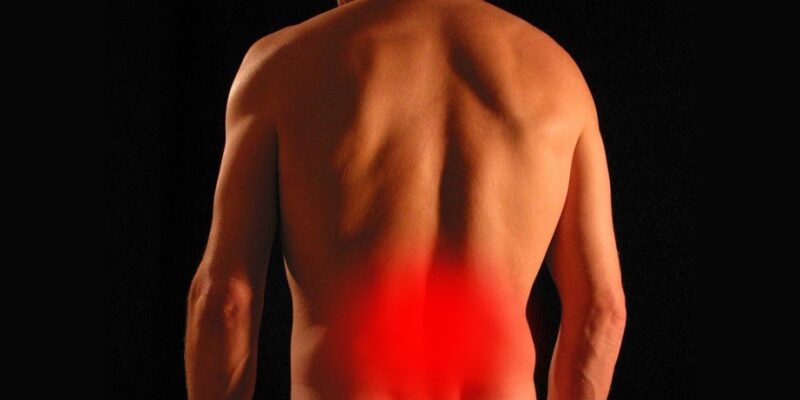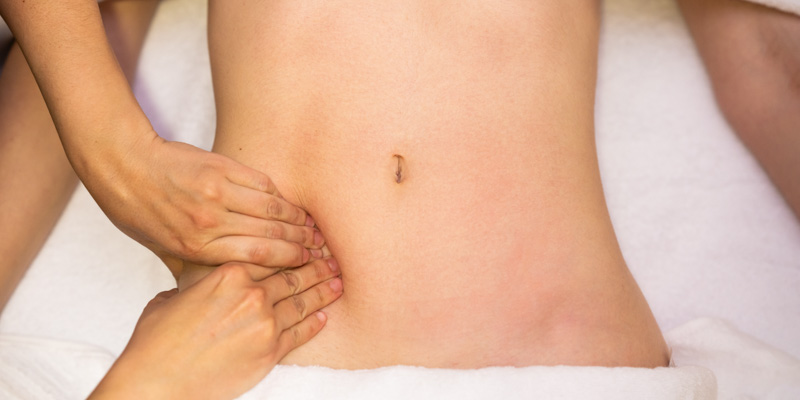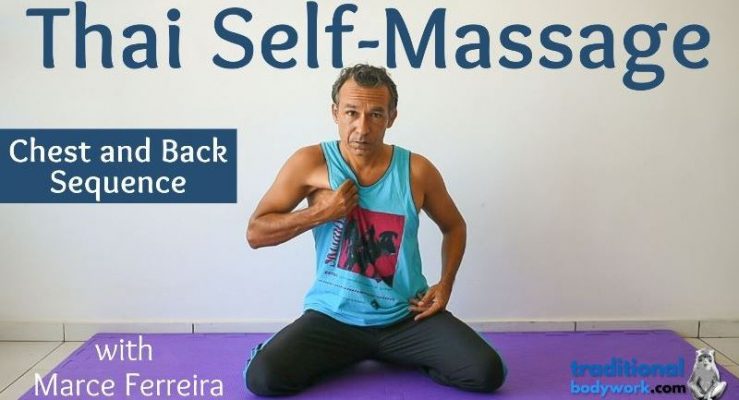
In this post, we’ll discuss what’s involved in so-called muscular, somatic, or emotional De-Armoring (commonly written in British English as Dearmouring) of the back and spine of the body.

The back and spine of a person may hold a lot of muscular tension, rigidness, sensitivity and/or pain, which may have a direct physical cause such as injury, vertebral dislocations, slipped disks, postural misalignment, excessive strain, or weak core muscles, among other issues.
Nevertheless, tension, stiffness and pains may also relate to the emotional “keeping your back straight,” that is, the idea to be firm, strong and courageous, not getting overwhelmed, and keeping one’s dignity. This typically has a history of long-lasting psychological trauma or an enduring stressful situation, expressing itself as a psychosomatic defense mechanism, that is, an emotional armor.
The relationship between our back and emotions is reflected in quite some expressions we use in our daily lives. Think of “a chill goes down one’s spine,” which can relate to fear, anxiety, and nervousness. And “having no spine” or “show some spine” which relate to having no courage, resolve, strength of character, or firmness.
But also idioms like “someone is on your back,” “getting someone off your back,” “having your back to the wall,” “watching your back,” “being stabbed in the back,” which indicate emotions like vulnerability, anxiety, fear, or being overwhelmed.
In a general sense, we could say that the most typical emotions that can accumulate and be held in the back and spinal region are anxiety, fear, worry, persistent stress, depression, guilt, shame, low self-esteem, and feeling unbalanced, overloaded, abandoned, or betrayed.

Armoring of the back and spine may strongly affect the low back and abdominal region. Yet, armoring may also affect the upper back, which is often considered in conjunction with the shoulder and neck and/or chest region.
With regard to working with the client’s back and spine we should realize that it’s vertically positioned (spanning the area between the buttocks and the neck), while many other body areas are rather horizontally positioned (such as the pelvic, abdominal, chest, shoulder and neck region).
Hence, when working on the lower back we will also affect the abdominal area, and when we work with the central part of the back we will affect the diaphragmatic and chest area. In this respect, it’s good to keep Wilhelm Reich’s Segmental De-Armoring theory in mind.
At any rate, Body De-Armoring of the back commonly involves a range of massage and other manipulative techniques such as mobilizations, stretches, asanas (Yogic postures), breathwork, chiropractic adjustments and back cracks, exercises, massage, and acupressure.

















